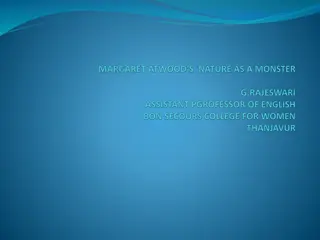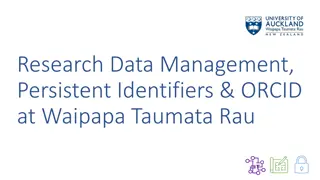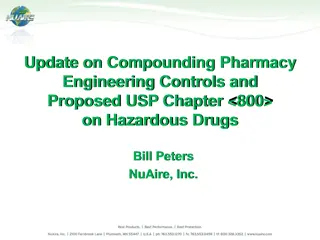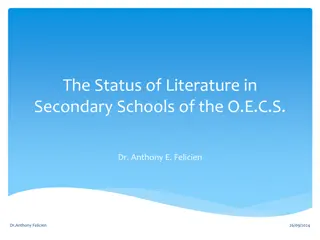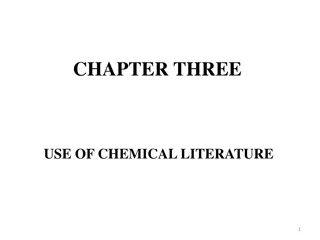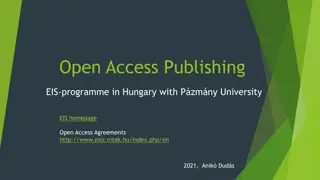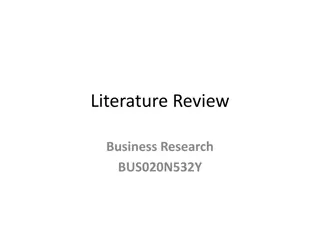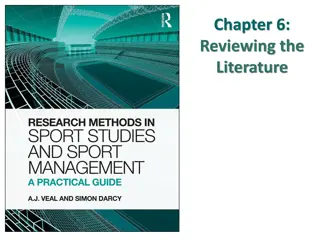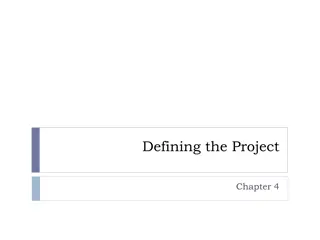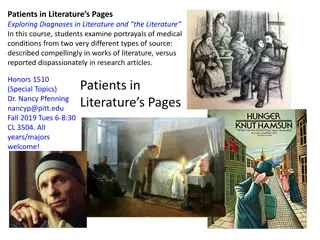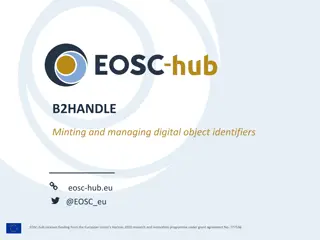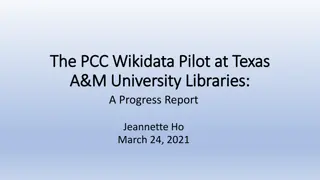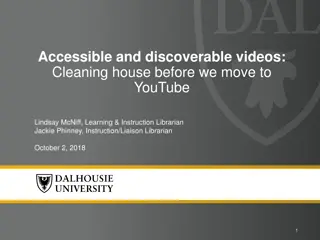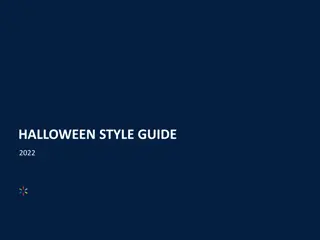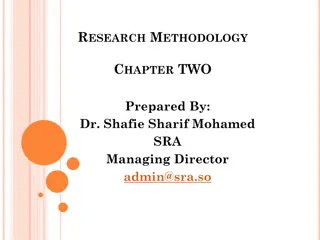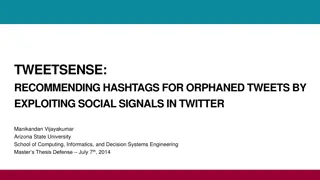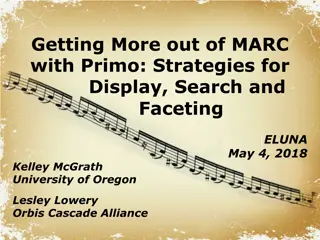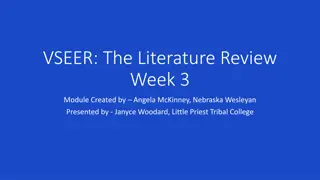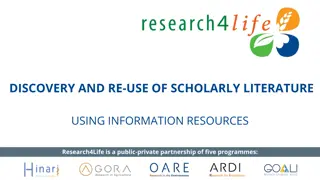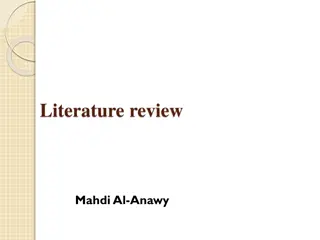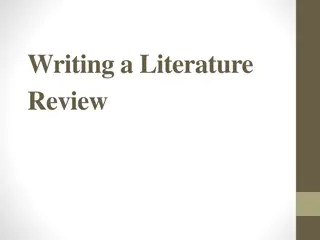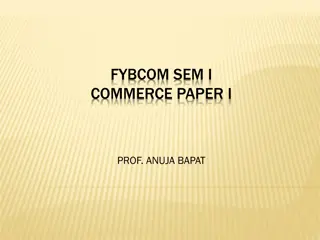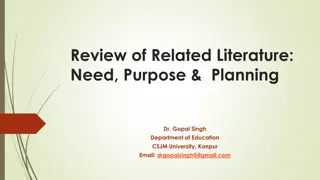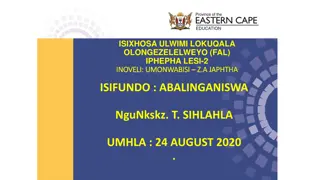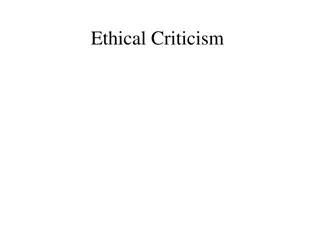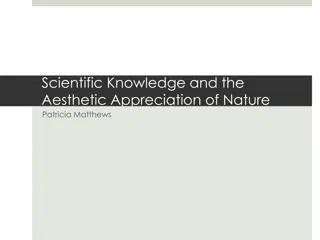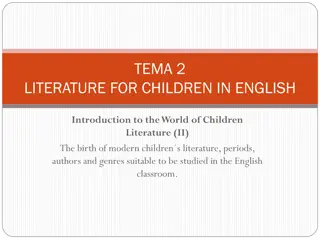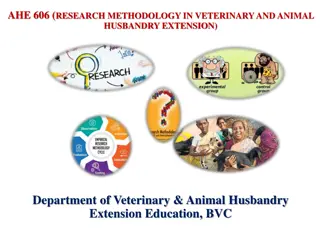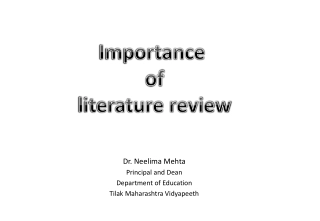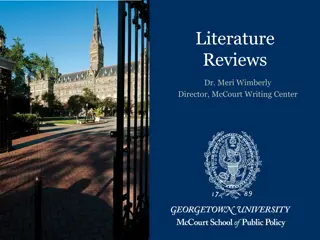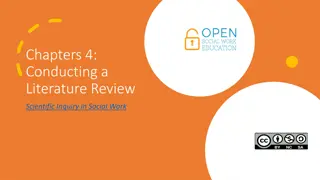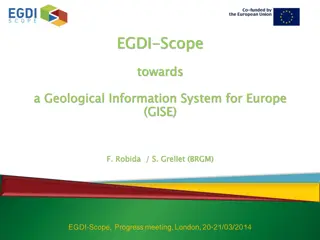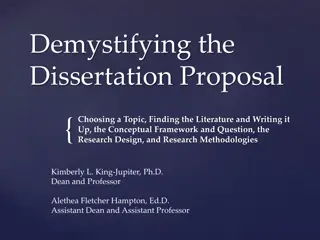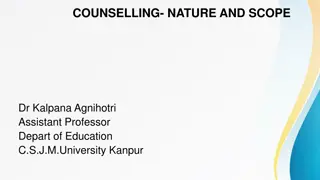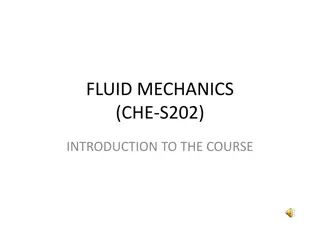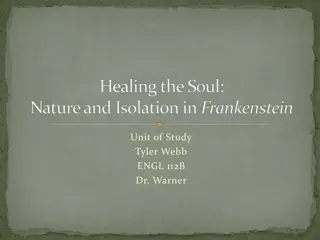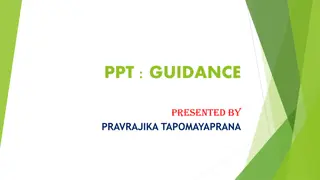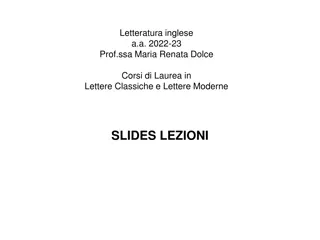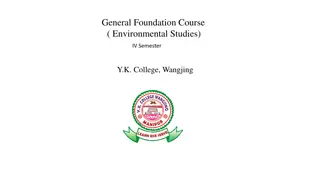CMNS 800: Scope, Nature, and Discoverability of CMNS Research Literature
Advanced information searching is a complex and contextualized process influencing the researcher cognitively, emotionally, and socially. Research involves discourse, idea formulation, and ongoing debate. Explore disciplinary influences and CMNS theses ranging from media framing to exploring urbanity through film.
Download Presentation

Please find below an Image/Link to download the presentation.
The content on the website is provided AS IS for your information and personal use only. It may not be sold, licensed, or shared on other websites without obtaining consent from the author. Download presentation by click this link. If you encounter any issues during the download, it is possible that the publisher has removed the file from their server.
E N D
Presentation Transcript
CMNS 800: Scope, nature and discoverability of CMNS research literature SYLVIA ROBERTS LIAISON LIBRARIAN FOR COMMUNICATION SROBERTS@SFU.CA
Advanced knowledge practices Information searching is a contextualized, complex experience that affects, and is affected by, the cognitive, affective and social dimensions of the researcher Searching for information is often nonlinear and iterative, requiring the evaluation of a range of information sources and the mental flexibility to pursue alternate avenues as new understanding develops Research is a conversation, a discursive practice in which ideas are formulated, debated, and weighed against one another over extended periods of time Experts understand that a given issue may be characterized by several competing perspectives as part of an ongoing conversation in which information users and creators come together and negotiate meaning. ACRL Framework (2015)
Which are CMNS theses? Power and the newsprint media s framing of the Downtown Eastside The concert hall as a medium of musical culture: the technical mediation of listening in the 19th century New media, new policies: the ambiguous role of popular online media in British Columbian classrooms Delving into drones: secret war drone strikes, mass media s role, and the need for better data Vancouver and the quotidian: exploring everyday urbanity through film Gendered Images in Oral History Documentary: A Case Study of Wode Kangzhan Cinematic photography, theatricality, spectacle: The art of Jeff Wall Post-modemism: the role of user adoption of teletext, videotex & bulletin board systems in the history of the Internet Chinese media in Canada: An exploratory study of Orient Star Media s cross-media publishing From arterial integration to segregated lanes: A 1988-2011 case study of cycling routes in Vancouver, British Columbia Inventing Havana in Thin Air: Sound, Space, and the Making of Sonic Citizenship 1. 2. 3. 4. 5. 6. 7. 8. 9. 10. 11.
Finding grad student research Summit Research Repository Search School of Communication AND topic word Search for your supervisor s name (or another CMNS faculty member) ARTICLE DATABASES Search theses Select Proquest Dissertations and Theses OR Open Access Theses Search for your topic word
Characteristics of CMNS literature Geopolitical Chronological Demographic Economic Usual mechanisms for sharing research outputs Scholarly communication trends Discovery tools
WHICH SUBJECT DATABASES ARE YOU FAMILIAR WITH?
Discovery tools SFU Library catalogue search Finds 95% collection Books, articles, chapters, proceedings, films, recordings, data, statistics, reports, etc. Print, digital, media KEY journal index: Communication & Mass Media Complete Databases for related fields Multidisciplinary databases - Google Scholar Lexical versus semantic searching Boolean operators
Boolean search techniques Narrow/decrease Expand/increase - Using AND to include another concept, e.g. youth AND Instagram AND review - Using OR to include another related terms, e.g. youth OR teenager - Using an asterisk (truncation), e.g. adolescen* for adolescence, adolescent, adolescents, etc. - Using quotation marks to search for a phrase, e.g. early adolescence or Vitamin C - Using broader keywords, e.g. social media instead of Instagram - Using limiters to refine your search, e.g. limit to Dissertations or limit by Publication Years - Looking at cited and citing articles, related articles, bibliography (see next slide) - Field searching, e.g. searching only within the Title field - Using NOT to filter out irrelevant concepts (use carefully!), e.g. antibiotic NOT antibiotic-resistant
Looking for KEY works Is there a canon of CMNS literature? How do you identify influential works? How do you reconcile differences between sources?
Identifying key CMNS literature Oxford Bibliography Online International encyclopedia of communication (ICA) The concise encyclopedia of communication (browse) Encyclopedia of media and communication (timelines) Encyclopedia of communication theory The handbook of media and mass communication theory International history of communication study Handbook of communication history Canonic texts in media research : are there any? should there be? how about these?
Browsing for background texts Mass media / Communication Philosophy Research methodology History Social aspects Political aspects
Backgrounders: Key Thinkers in Critical Communication Scholarship Communication, cultural and media studies : the key concepts Theories of communication: A short introduction Theorizing communication : a history Sage Research Methods Online
WHICH JOURNALS ARE KEY? WHAT ABOUT ARTICLES? How do you know?
CMNS journal rankings Journal Citation Reports (JCR) from Web of Science Scimago Journal & Country rank Google Scholar Metrics National Communication Association (2013)
JCR for Communication Journals Journals that are citing articles from journals within a category, showing which journals are most active within that category and also outside that category. Cited journals are sorted in descending order, from most cited to least cited.
Selected key CMNS journals Journal of Computer Mediated Communication New Media and Society Journal of Communication Information Communication & Society Communication Research European Journal of Communication International Journal of Communication Communication Theory Communication Monographs Public Opinion Quarterly Human Communication Research Canadian Journal of Communication
Tracking influence through citation searching Web of Science Indexes only journal literature Takes information from research literature reference lists Searching only metadata (title, author keywords, abstracts) Advanced searching Google Scholar Indexes journal literature, books, reports, other materials on academic web sites Searches full text Advanced searching, limit by year
Pearl-growing Track search terms, both effective and not Mine reference lists Note journal names, conferences, authors, affiliations CVs of CMNS scholars Where do they publish? Where have they presented? Journal alerts: subject, ToC Citation alerts
Individual research consultations Sylvia Roberts sroberts@sfu.ca 778-782-3681 SFU Vancouver (most Tuesdays & Thursdays) SFU Bennett (most Mondays & Wednesdays)


